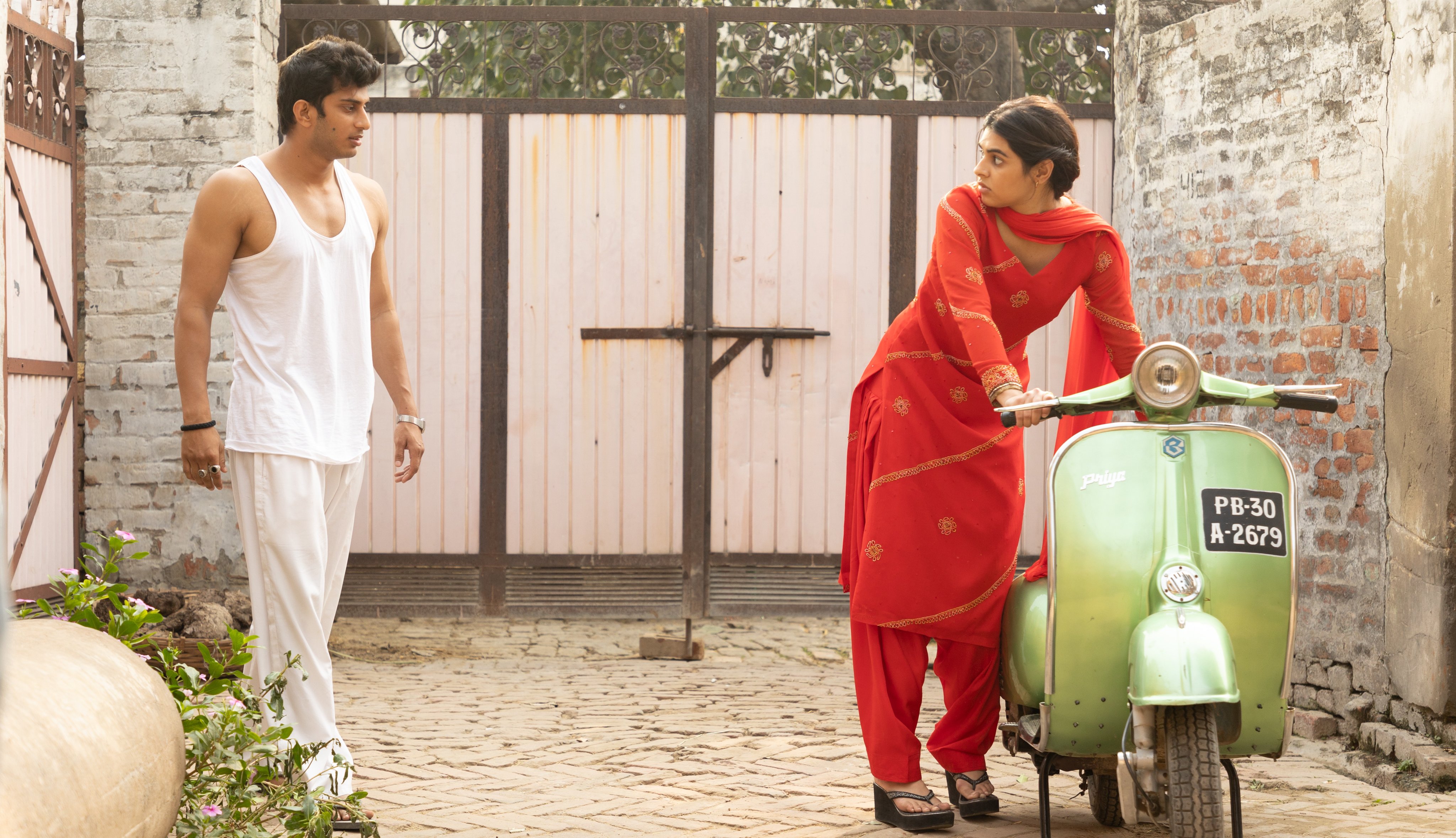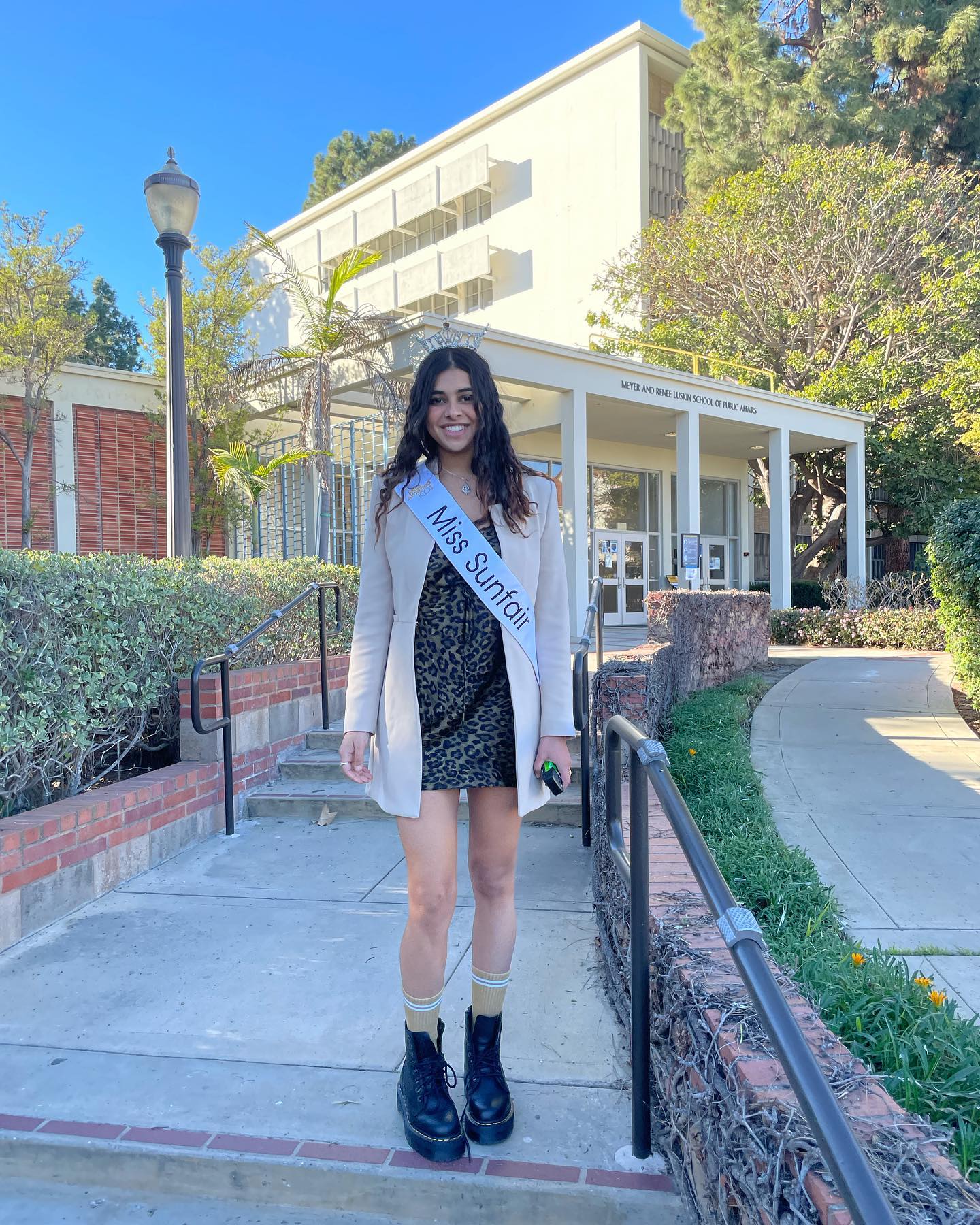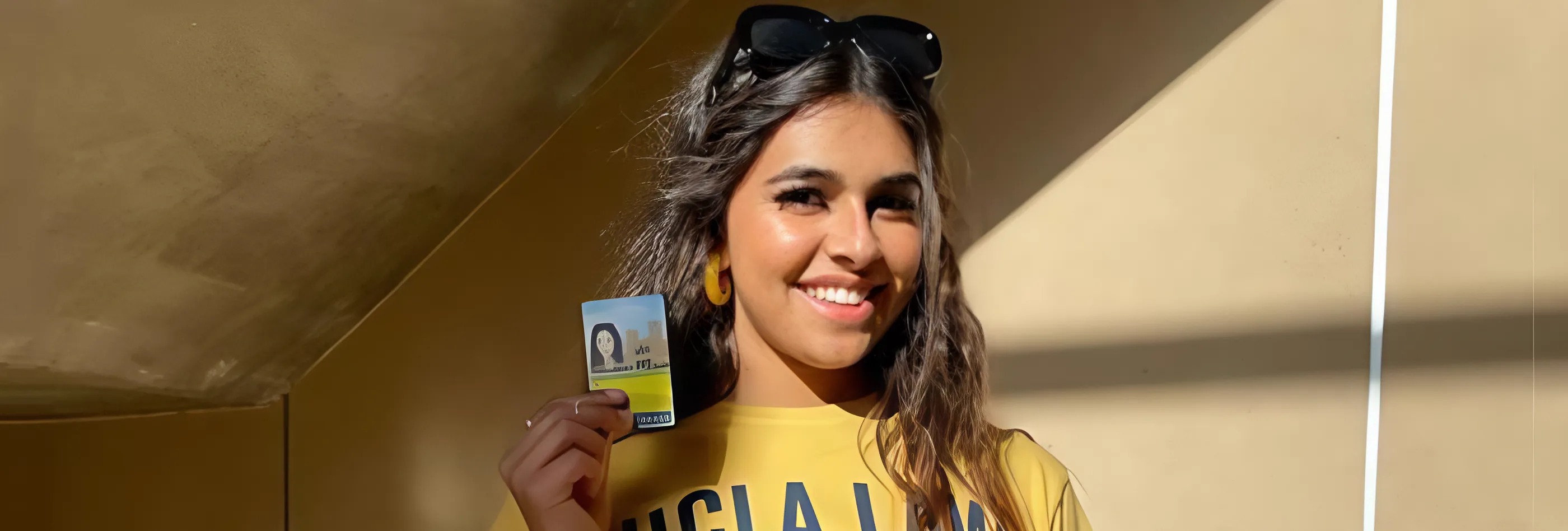(June 30, 2024) Indo-Canadian actor Pavia Siddhu has been traveling from one festival to another with the cast and crew of the film Dear Jassi, which had its US premiere at the Santa Barbara International Film Festival in California this year. Last year, the film premiered at the Toronto International Film Festival (TIFF), where it won the Platform Prize. Since then, it has been screened in multiple locations across Canada, India, London, Hong Kong, Sweden, and other places.
Garnering international acclaim, the film is based on the real love story of a Canadian girl and a young auto rickshaw driver from Punjab. “I am happy that people are discussing Jassi and the true story from 30 years ago,” remarked the debutant actor Pavia who portrays the title character in the movie.

Pavia Sidhu
Inspired by real life heart-wrenching love story
Directed by filmmaker Tarsem Singh Dhandwar, the film’s story is set in the 1990s. During a visit to her extended family in Punjab, Indo-Canadian Jassi – played by Pavia Sidhu – meets auto rickshaw driver Sukhwinder – played by Yugam Sood, who lives down the street. The sweethearts fall deeply in love, but when Jassi sees her family lashing out at one of her cousin’s suitors, she realises there’s no easy way to pursue their relationship, and secretly marries Sukhwinder in a gurdwara.
After returning back to Canada, she kept the marriage hidden from her family while continuing to communicate and support Sukhwinder financially. A year later, her family discovered the marriage and disapproved because of the stark difference in social status, and the fact that Sukhwinder belonged to the same Sidhu clan, making the marriage traditionally forbidden.
Jassi’s family tried to persuade her to divorce Sukhwinder by offering material possessions and then resorting to physical violence. When those attempts failed, they coerced her into signing false criminal accusations against Sukhwinder, under the pretence that it would help him come to Canada. Finding out their true plans, Jassi later contacted Indian officials to retract the false accusations, explaining that she was forced to sign them.


Pavia Sidhu and Yugam Sood in a still from the movie ‘Dear Jassi’
With the help of the Royal Canadian Mounted Police, Jassi escaped and flew to India in May 2000, to reunite with Sukhwinder. In June the same year, they were kidnapped by hitmen hired by her mother and uncle. While Sukhwinder was beaten, Jassi was taken to an abandoned farmhouse and murdered. Her mother and uncle were arrested in 2012.
Although it’s a heavy story, the film has its share of humour that audiences have enjoyed, along with the good storytelling and nuanced performances of the debutant actors. “I loved getting into the character. I think it made me a better person because she (Jassi) was full of love and full of light. I had to really tap into that version of myself, and I really enjoyed that. I loved the character,” Pavia said after one of the screenings of the movie.
From law to acting
Pavia began college at the age of 15 through the Robinson’s Gifted Program, graduating as the second-highest ranked student in her class. At 18, she enrolled at UCLA School of Law, graduating in 2022 as its youngest student. During this time, she also won the Miss Sunfair Competition, a notable beauty pageant.
“I was focused on pursuing law,” she mentioned in an interview following the Red Sea Film Festival in Canada. Despite having acting experience in some shows, the Indian-origin actress never imagined landing a role in a film that would gain international recognition.


Pavia Sidhu at UCLA LAW public affairs discussion as Miss Sunfair in 2022
However, her mother always believed in Pavia’s potential in acting and sent an audition tape of hers to India upon learning that filmmaker Tarsem Singh Dhandwar was seeking talent from Canada for the role of Jassi. Looking at Pavia’s tape, Dhandwar engaged in phone conversations with her and ultimately cast her as the lead.
“I wasn’t sure what I was landing into when I boarded the flight from Canada to India for the two-month shoot,” she remarked. Upon arrival in India, she met the film’s cast and crew for the first time and quickly bonded with them. “Exploring Amritsar, one of India’s greatest cities, was an experience that I can’t express in words,” she added, talking about the best part of the shoot.
- Follow Pavia Sidhu on Instagram




